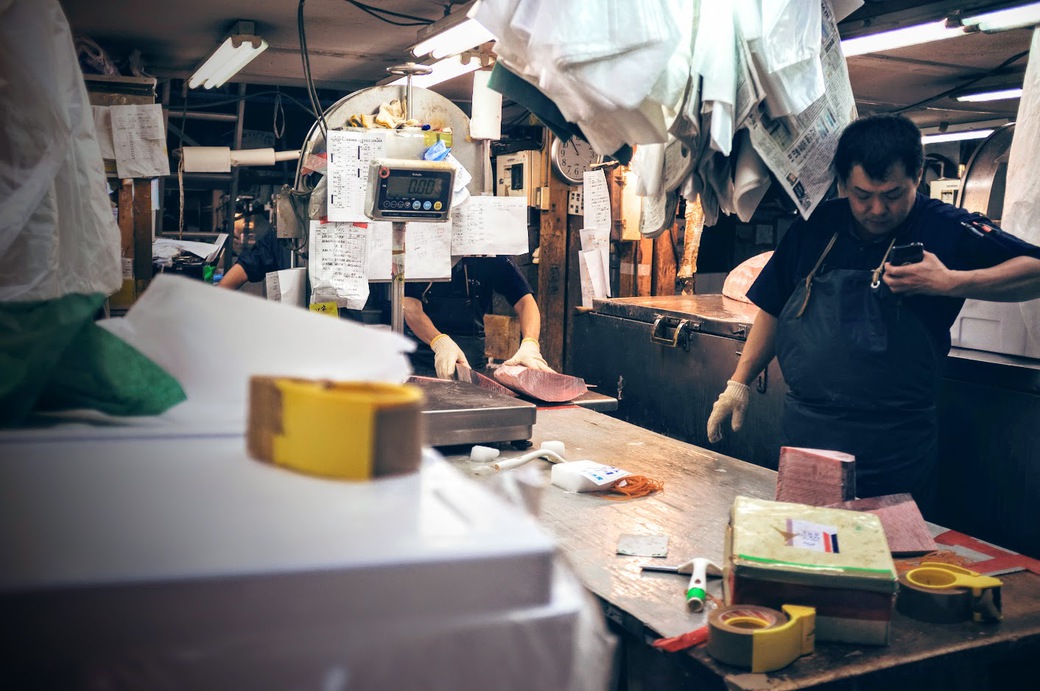This is the intro for a series of posts about things I’ve learned while trying to publish daily. I’m experimenting with a board of post-its to organize my writing, inspired by Save the Cat. I intended for this to be the third part of a series of three posts, but I just kept adding post its and now it’s looking like 9 posts.
I’ve been trying to publish1 daily. My goal is to publish 100 posts in 20 weeks. Or was it 100 posts in 100 days. I flip flop between the two depending on how motivated I am meaning how much sleep I had the night before.
These posts about what what writing isn’t should be posts 28, 29, and 30. I wrote about writing when I was ten days in and twenty days in. Now I’m approaching 30 days in. One thing I learned: trying to write a lot leads to thinking about writing a lot which leads to writing about writing a lot. Not ideal, but it’s fine.
Even though I knew it might happen, I still mix up writing daily with publishing daily. Writing daily is straightforward. Open a notebook or doc and put words down. Publishing means the words will be public, so they should be revised to keep people from wasting time, and then there are logistics to it too.
Malcolm Gladwell sums this up:
Writing is not the time consuming part. It’s knowing what to write. It’s the thinking and the arranging and the interviewing and the researching and the organizing. That’s what takes time. Writing is blissful, I wish I could do it more.
I’m starting to understand. Writing and getting into some kind of flow is fun, but there’s a bunch of other stuff that’s part of the process and some that has to do with publishing. I’ll try writing about them here. Lately I’ve been thinking about finishing posts each day, instead of building up a backlog of sort of finished posts.
Here’s an outline of the this section, showing the next three posts I’ll write2 (and a preview of two more sections that I’m hoping will also be three posts each).
-
Section 1: Writing isn’t
-
Part of writing
-
Outlining
-
Playing with post-its (The Board)
-
Editing
-
-
Part of publishing
-
Adding excerpts
-
Adding links
-
Adding images
-
-
Not part of anything, but important
-
Thinking about what to write
-
Reading about writing
-
Tinkering
-
-
-
Section 2: Focus, Systems, and Routine
-
Section 3: Time, Location, Tools
-
And daily I wonder if there’s a better word than “publish”, because I think of scientists who get published. It’s means something more than typing ‘jekyll build’ and uploading it somewhere. ↩
-
Maybe this can be a part of… is there a word for a novella-length non-fiction book? Non-fictionella. Or I guess some are called handbooks. ↩
































